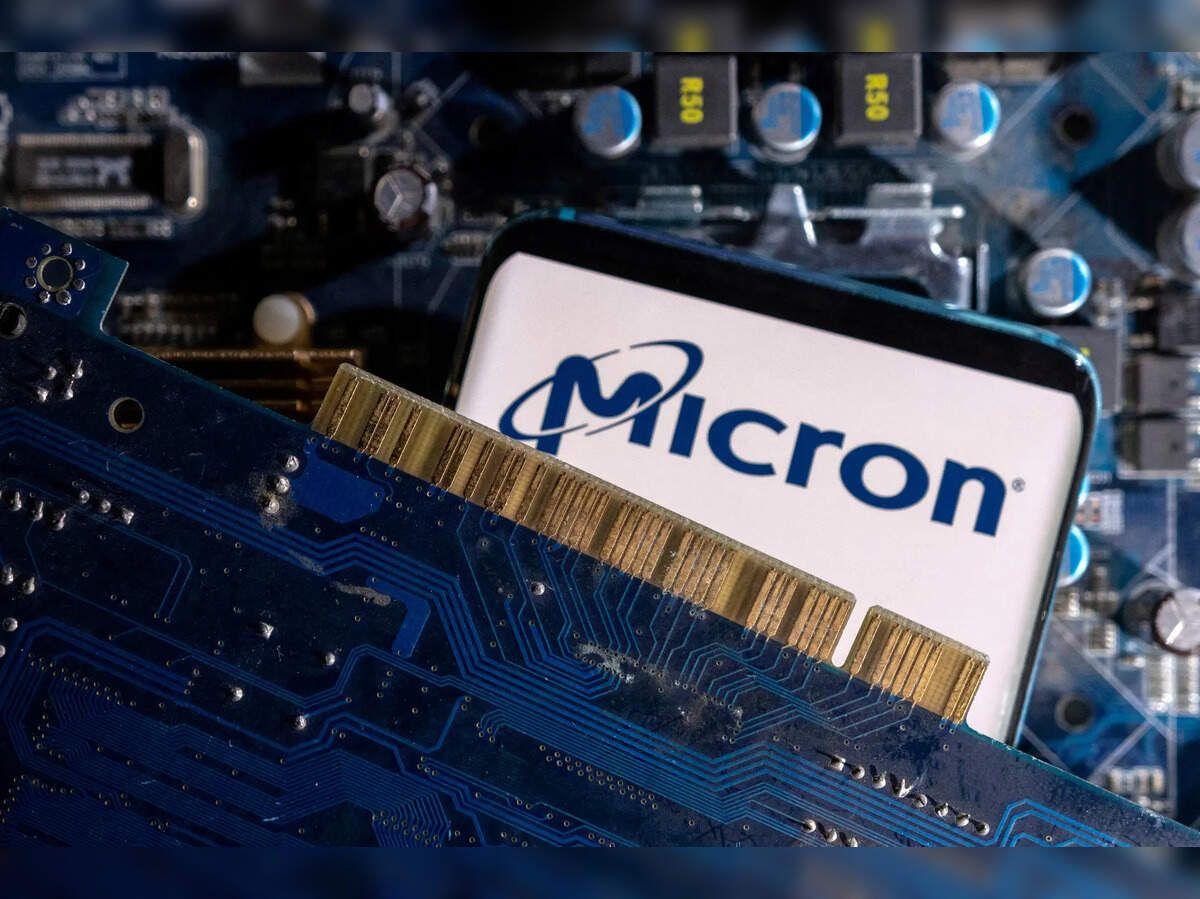Breakthrough in Optical Computing: New Memory Cell Paves Way for Faster, More Efficient AI Processing
2 Sources
2 Sources
[1]
A multi-level breakthrough in optical computing -- a faster, more efficient, and robust memory cell
For the first time, an international cadre of electrical engineers has developed a new method for photonic in-memory computing that could make optical computing a reality in the near future. The team includes researchers from the University of Pittsburgh Swanson School of Engineering, the University of California -- Santa Barbara, the University of Cagliari, and the Tokyo Institute of Technology (now the Institute of Science Tokyo). Their results were published today in the journal Nature Photonics titled "Integrated non-reciprocal magneto-optics with ultra-high endurance for photonic in-memory computing." This research has been a collaborative effort jointly coordinated by Nathan Youngblood, assistant professor of electrical and computer engineering at Pitt, together with Paulo Pintus, previously at UC Santa Barbara and now assistant professor at the University of Cagliari, Italy; and Yuya Shoji, associate professor at the Institute of Science Tokyo, Japan. Until now, researchers have been limited in developing photonic memory for AI processing -- gaining one important attribute like speed while sacrificing another like energy usage. In the article, the international team demonstrates a unique solution that addresses current limitations of optical memory that have yet to combine non-volatility, multibit storage, high switching speed, low switching energy, and high endurance in a single platform. "The materials we use in developing these cells have been available for decades. However, they have primarily been used for static optical applications, such as on-chip isolators rather than a platform for high performance photonic memory," Youngblood explained. "This discovery is a key enabling technology toward a faster, more efficient, and more scalable optical computing architecture that can be directly programmed with CMOS (complementary metal-oxide semiconductor) circuitry -- which means it can be integrated into today's computer technology. "Additionally, our technology showed three orders of magnitude better endurance than other non-volatile approaches, with 2.4 billion switching cycles and nanosecond speeds." The authors propose a resonance-based photonic architecture which leverages the non-reciprocal phase shift in magneto-optical materials to implement photonic in-memory computing. A typical approach to photonic processing is to multiply a rapidly changing optical input vector with a matrix of fixed optical weights. However, encoding these weights on-chip using traditional methods and materials has proven challenging. By using magneto-optic memory cells comprised of heterogeneously integrated cerium-substituted yttrium iron garnet (Ce:YIG) on silicon micro-ring resonators, the cells cause light to propagate bidirectionally, like sprinters running opposite directions on a track. Computing by controlling the speed of light "It's like the wind is blowing against one sprinter while helping the other run faster," explained Pintus, who led the experimental work at UC Santa Barbara. "By applying a magnetic field to the memory cells, we can control the speed of light differently depending on whether the light is flowing clockwise or counterclockwise around the ring resonator. This provides an additional level of control not possible in more conventional non-magnetic materials." The team is now working to scale up from a single memory cell to a large-scale memory array which can support even more data for computing applications. They note in the article that the non-reciprocal magneto-optic memory cell offers an efficient non-volatile storage solution that could provide unlimited read/write endurance at sub-nanosecond programming speeds. "We also believe that future advances of this technology could use different effects to improve the switching efficiency," Shoji at Tokyo added, "and that new fabrication techniques with materials other than Ce:YIG and more precise deposition can further advance the potential of non-reciprocal optical computing."
[2]
A multi-level breakthrough in optical computing
The team includes researchers from the University of Pittsburgh Swanson School of Engineering, the University of California -- Santa Barbara, the University of Cagliari, and the Tokyo Institute of Technology (now the Institute of Science Tokyo). Their results were published today in the journal Nature Photonics. This research has been a collaborative effort jointly coordinated by Nathan Youngblood, assistant professor of electrical and computer engineering at Pitt, together with Paulo Pintus, previously at UC Santa Barbara and now assistant professor at the University of Cagliari, Italy; and Yuya Shoji, associate professor at the Institute of Science Tokyo, Japan. Until now, researchers have been limited in developing photonic memory for AI processing -- gaining one important attribute like speed while sacrificing another like energy usage. In the article, the international team demonstrates a unique solution that addresses current limitations of optical memory that have yet to combine non-volatility, multibit storage, high switching speed, low switching energy, and high endurance in a single platform. "The materials we use in developing these cells have been available for decades. However, they have primarily been used for static optical applications, such as on-chip isolators rather than a platform for high performance photonic memory," Youngblood explained. "This discovery is a key enabling technology toward a faster, more efficient, and more scalable optical computing architecture that can be directly programmed with CMOS (complementary metal-oxide semiconductor) circuitry -- which means it can be integrated into today's computer technology. "Additionally, our technology showed three orders of magnitude better endurance than other non-volatile approaches, with 2.4 billion switching cycles and nanosecond speeds." The authors propose a resonance-based photonic architecture which leverages the non-reciprocal phase shift in magneto-optical materials to implement photonic in-memory computing. A typical approach to photonic processing is to multiply a rapidly changing optical input vector with a matrix of fixed optical weights. However, encoding these weights on-chip using traditional methods and materials has proven challenging. By using magneto-optic memory cells comprised of heterogeneously integrated cerium-substituted yttrium iron garnet (Ce:YIG) on silicon micro-ring resonators, the cells cause light to propagate bidirectionally, like sprinters running opposite directions on a track. Computing by Controlling the Speed of Light "It's like the wind is blowing against one sprinter while helping the other run faster," explained Pintus, who led the experimental work at UC Santa Barbara. "By applying a magnetic field to the memory cells, we can control the speed of light differently depending on whether the light is flowing clockwise or counterclockwise around the ring resonator. This provides an additional level of control not possible in more conventional non-magnetic materials." The team is now working to scale up from a single memory cell to a large-scale memory array which can support even more data for computing applications. They note in the article that the non-reciprocal magneto-optic memory cell offers an efficient non-volatile storage solution that could provide unlimited read/write endurance at sub-nanosecond programming speeds. "We also believe that future advances of this technology could use different effects to improve the switching efficiency," Shoji at Tokyo added, "and that new fabrication techniques with materials other than Ce:YIG and more precise deposition can further advance the potential of non-reciprocal optical computing."
Share
Share
Copy Link
An international team of researchers has developed a novel method for photonic in-memory computing, potentially revolutionizing optical computing with improved speed, efficiency, and robustness.

Breakthrough in Optical Computing
An international team of electrical engineers has achieved a significant breakthrough in optical computing, developing a new method for photonic in-memory computing that could revolutionize the field. The research, published in Nature Photonics, introduces a unique solution that addresses current limitations of optical memory, combining non-volatility, multibit storage, high switching speed, low switching energy, and high endurance in a single platform
1
2
.Collaborative Effort and Key Researchers
The groundbreaking research was a collaborative effort coordinated by:
- Nathan Youngblood, Assistant Professor at the University of Pittsburgh
- Paulo Pintus, Assistant Professor at the University of Cagliari (formerly at UC Santa Barbara)
- Yuya Shoji, Associate Professor at the Institute of Science Tokyo
The team included researchers from the University of Pittsburgh Swanson School of Engineering, the University of California -- Santa Barbara, the University of Cagliari, and the Tokyo Institute of Technology
1
2
.Innovative Approach to Photonic Memory
The researchers propose a resonance-based photonic architecture that leverages the non-reciprocal phase shift in magneto-optical materials to implement photonic in-memory computing. This approach uses magneto-optic memory cells comprised of heterogeneously integrated cerium-substituted yttrium iron garnet (Ce:YIG) on silicon micro-ring resonators
1
2
.Key Features and Advantages
- Non-volatility
- Multibit storage
- High switching speed
- Low switching energy
- High endurance
The technology demonstrated three orders of magnitude better endurance than other non-volatile approaches, with 2.4 billion switching cycles and nanosecond speeds
1
2
.Controlling the Speed of Light
Paulo Pintus, who led the experimental work at UC Santa Barbara, explained the unique aspect of their approach: "By applying a magnetic field to the memory cells, we can control the speed of light differently depending on whether the light is flowing clockwise or counterclockwise around the ring resonator. This provides an additional level of control not possible in more conventional non-magnetic materials"
1
2
.Related Stories
Integration with Current Technology
Nathan Youngblood highlighted the significance of this discovery, stating, "This discovery is a key enabling technology toward a faster, more efficient, and more scalable optical computing architecture that can be directly programmed with CMOS (complementary metal-oxide semiconductor) circuitry -- which means it can be integrated into today's computer technology"
1
2
.Future Developments and Potential
The research team is now working on scaling up from a single memory cell to a large-scale memory array to support more data for computing applications. They believe that future advances in this technology could use different effects to improve switching efficiency and that new fabrication techniques with materials other than Ce:YIG and more precise deposition can further advance the potential of non-reciprocal optical computing
1
2
.This breakthrough in optical computing has the potential to significantly impact AI processing and other computational tasks that require high-speed, energy-efficient memory solutions.
References
Summarized by
Navi
[1]
[2]
Related Stories
MIT Develops Ultrafast Photonic Chip for AI Computations with Extreme Energy Efficiency
03 Dec 2024•Technology

Photonic Chips: A Breakthrough in AI Processing and Energy Efficiency
10 Apr 2025•Technology

Breakthrough in Nanocrystal Technology Paves Way for Faster, Energy-Efficient Optical Computing
04 Jan 2025•Science and Research

Weekly Highlights
1
Google TPUs Challenge Nvidia's AI Chip Dominance as Meta Explores Billion-Dollar Switch
Business and Economy

2
OpenAI and Jony Ive Reveal First Hardware Prototype for Screenless AI Device
Technology

3
OpenAI Faces Legal Battle Over Teen Suicide Cases, Blames Users for Violating Terms of Service
Policy and Regulation





